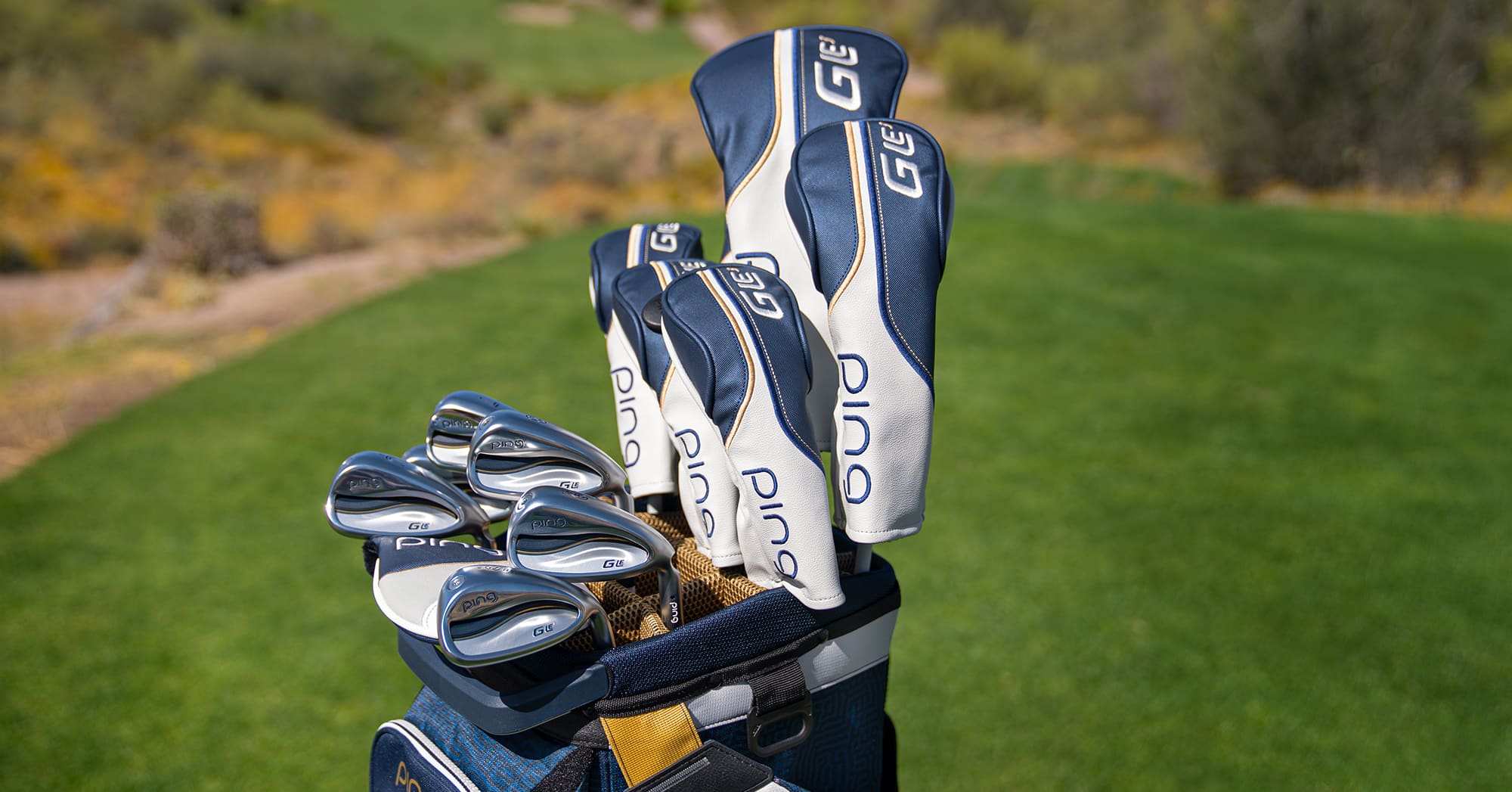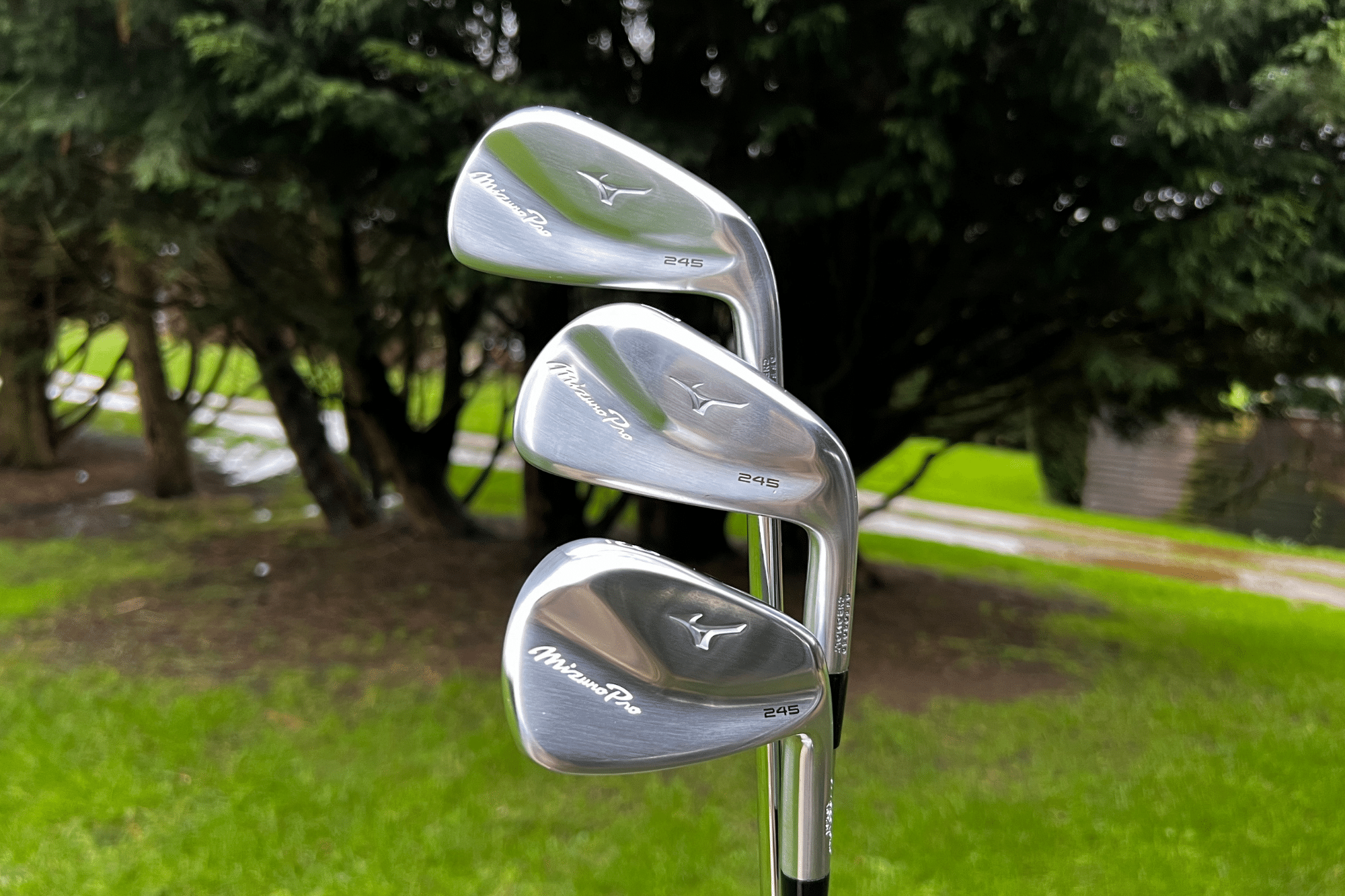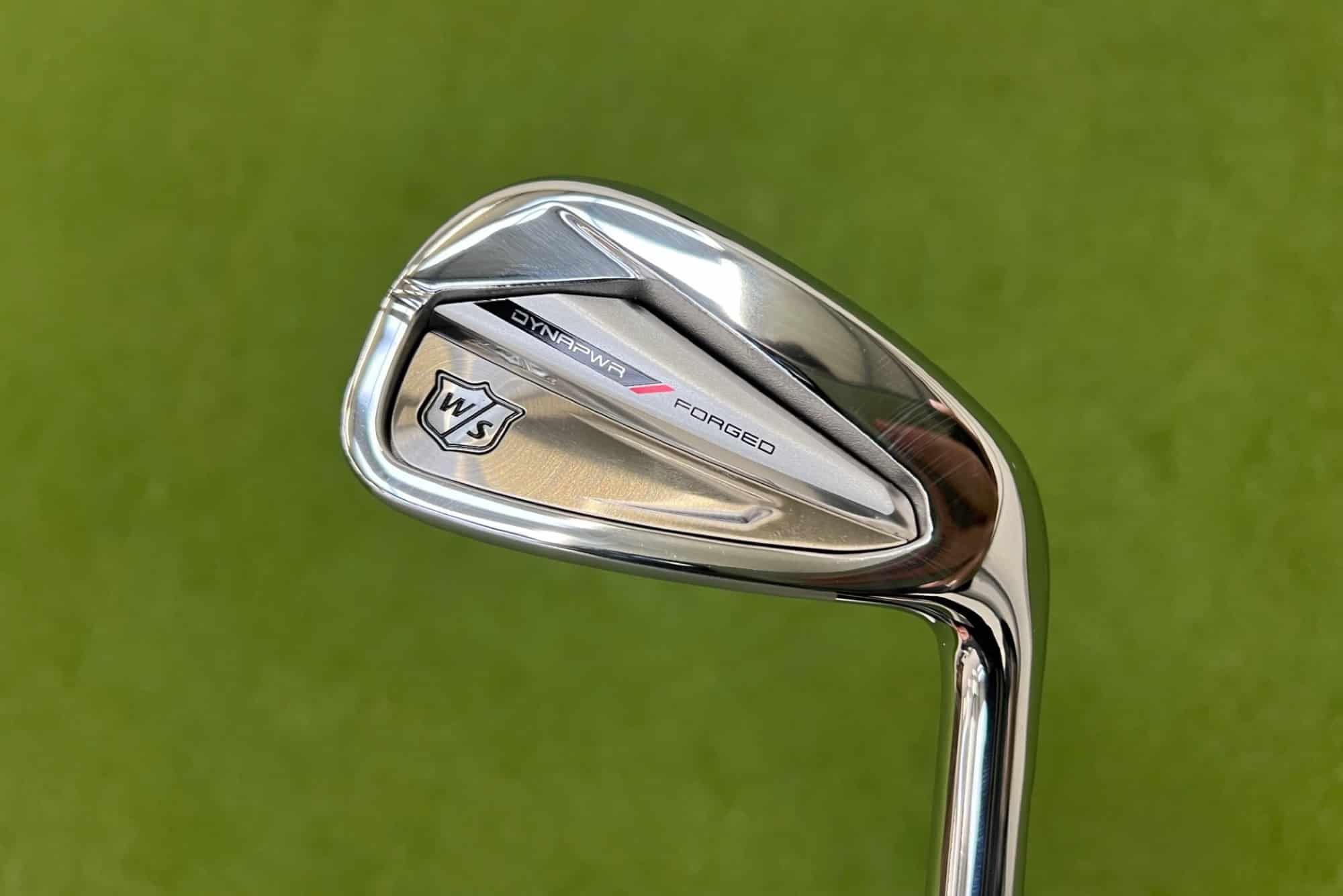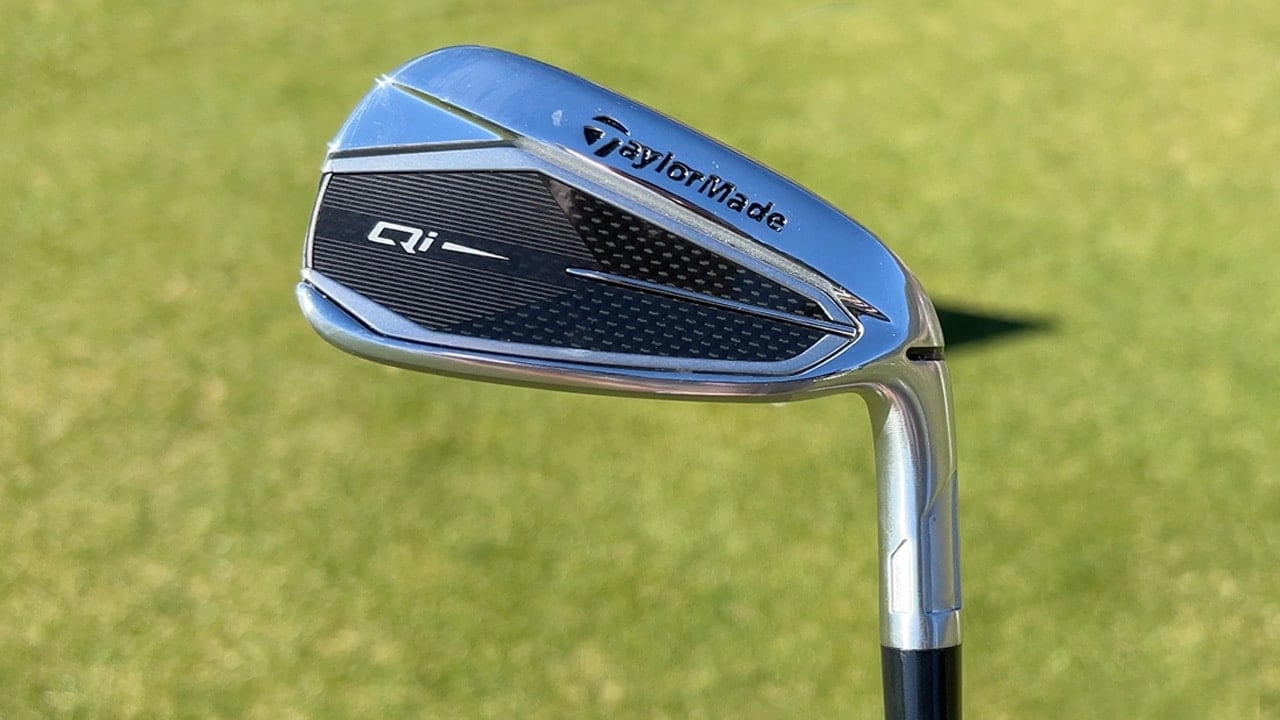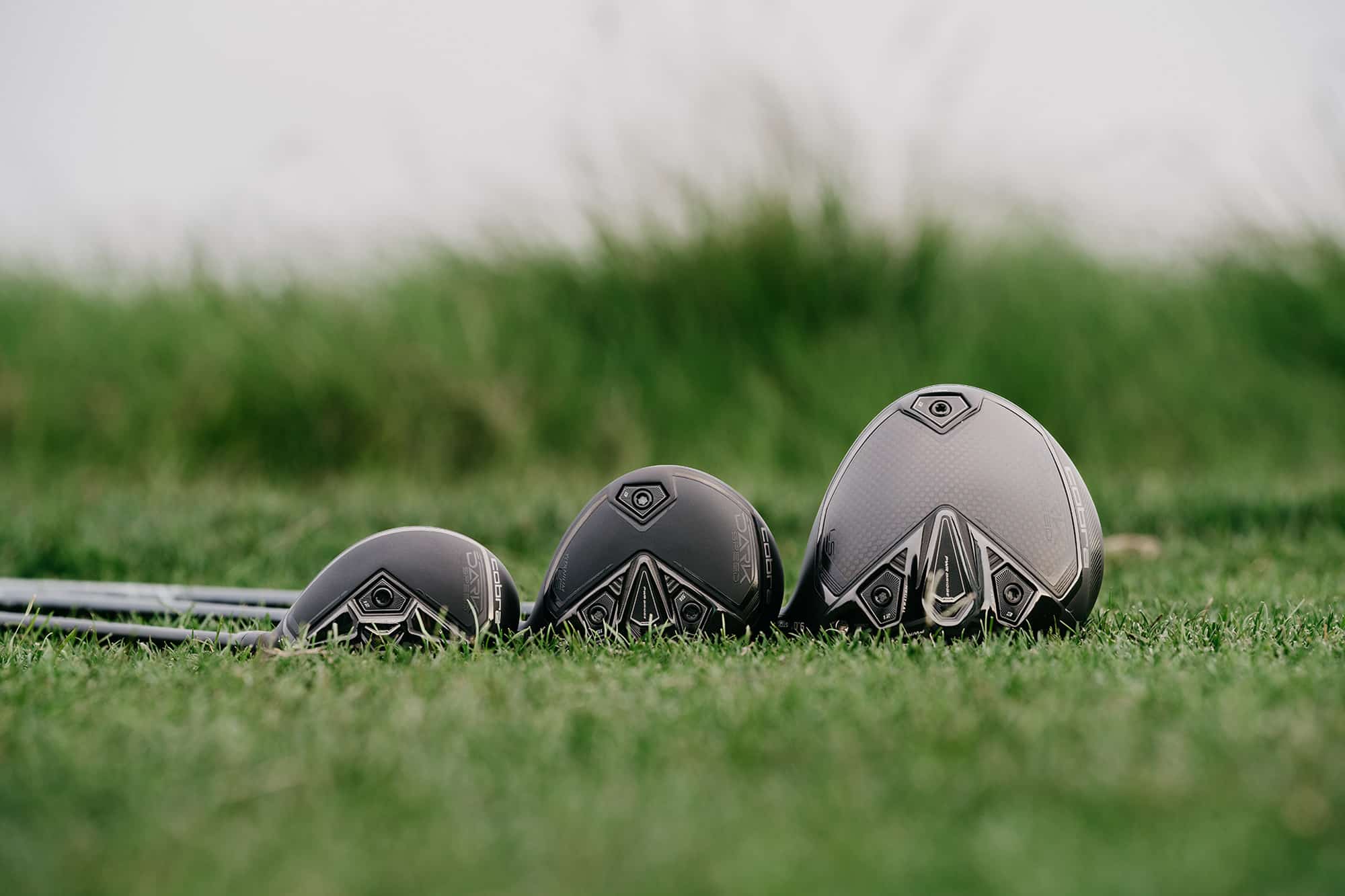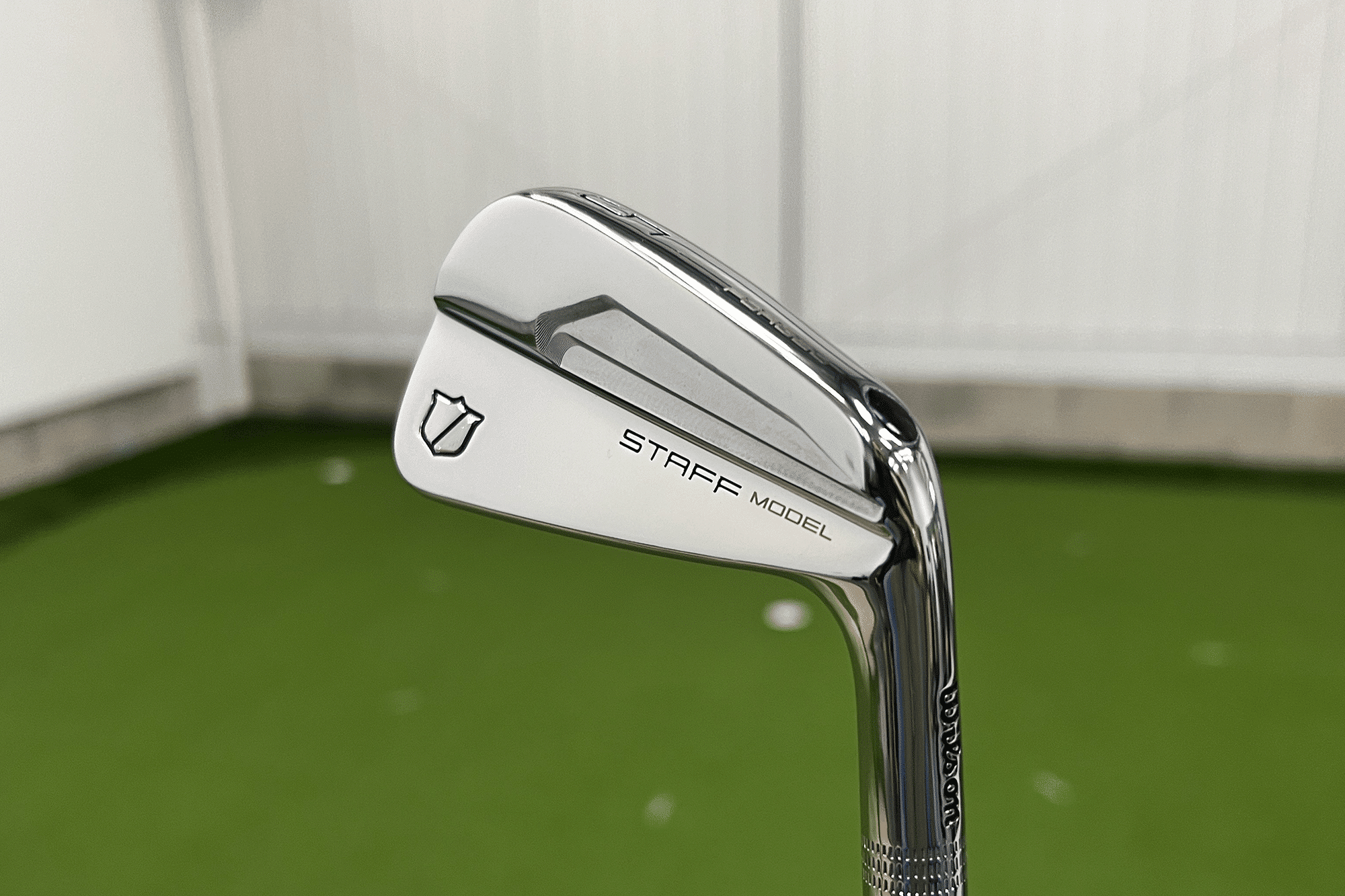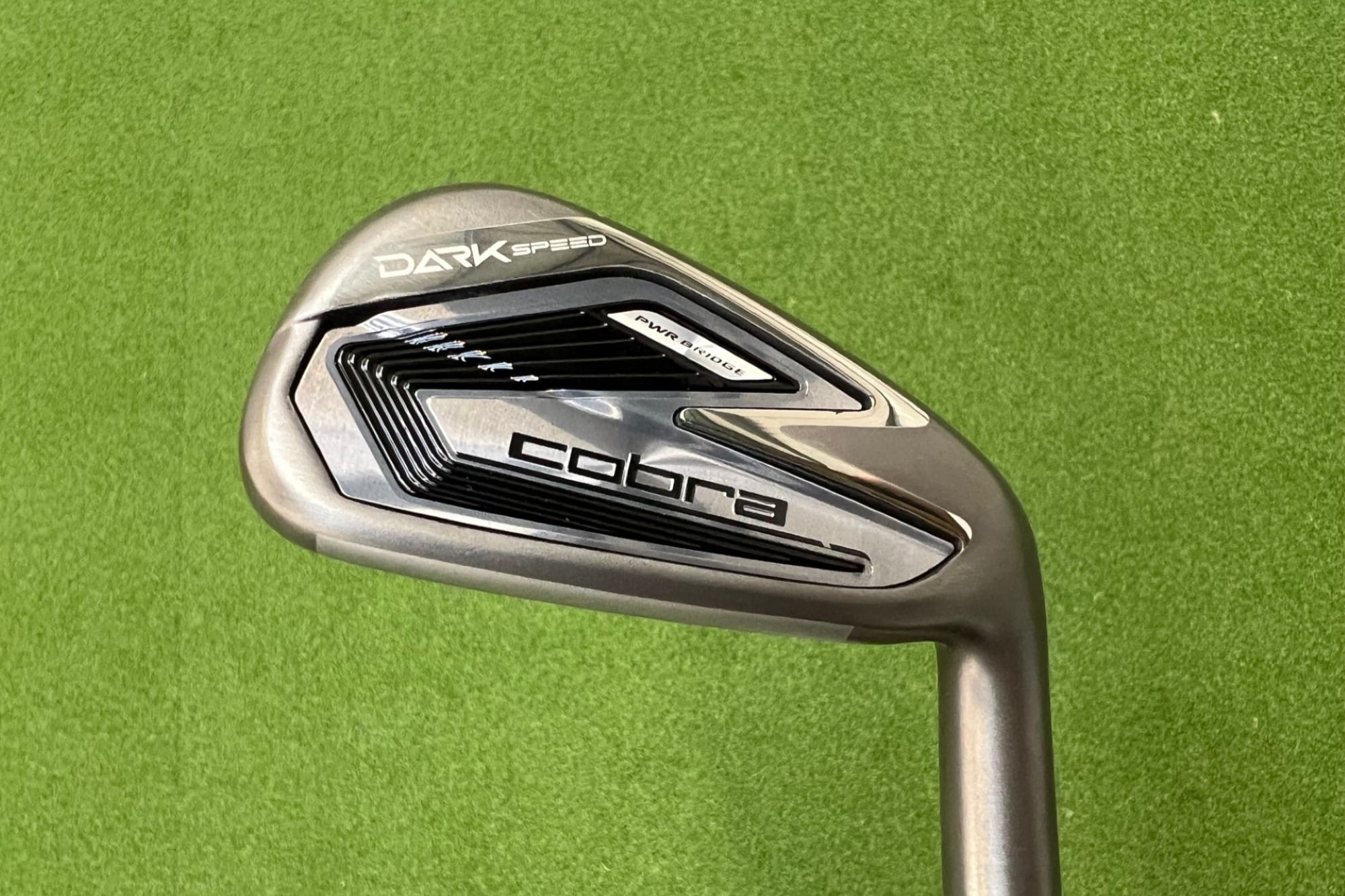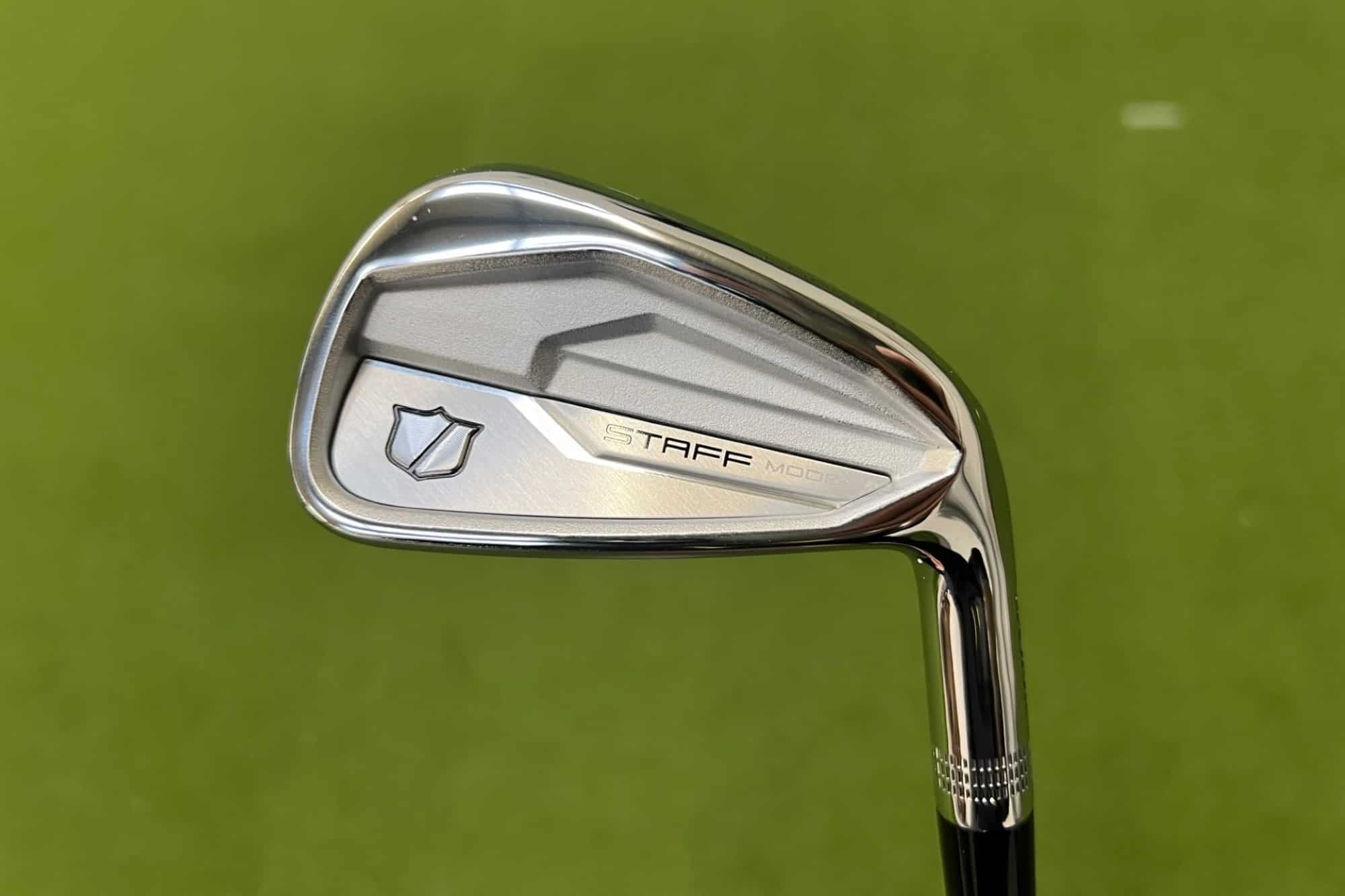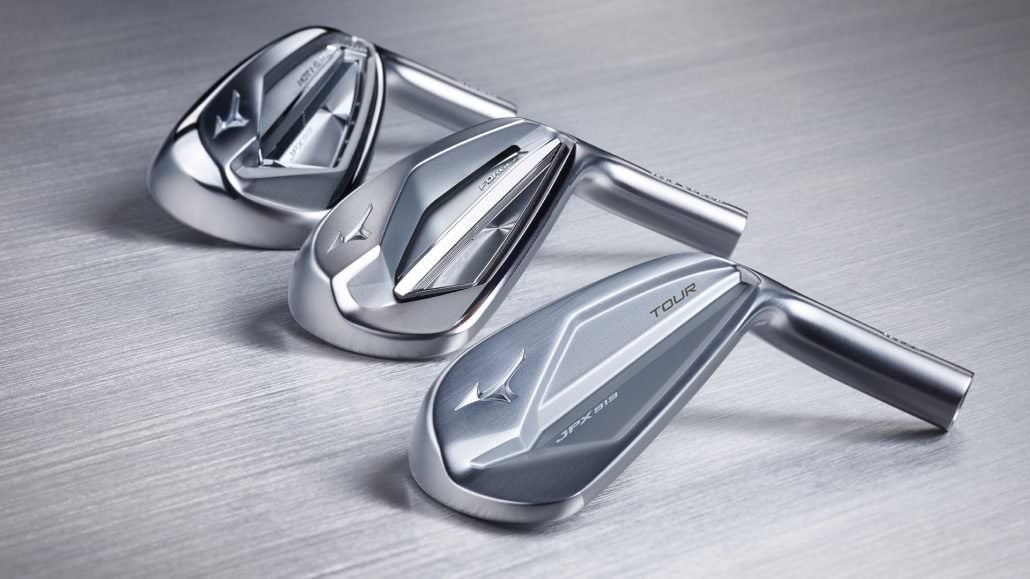
How Mizuno improved their most successful irons ever
Our Mizuno JPX919 irons review was filmed at Rudding Park following testing at Hillsborough and Leeds Golf Centre.
We were lucky enough to get out first glimpse of the JPX919 irons on the Mizuno truck during The Open at Carnoustie.
Mizuno JPX919 irons review: First impressions
The JPX900 range which included the Tour, Forged and Hot Metal has been Mizuno’s most successful line ever for a number of reasons.
Brooks Koepka has won three majors with the JPX900 Tour – a product that was designed specifically for him to play.
Lots of other tour players, contracted and non-contracted, have been using this model too. It was the iron Ross Fisher used to shoot a record-breaking 61 on the Old Course.

So that’s some pretty decent success on tour with the first-ever JPX product which was designed for the world’s best players.
Traditionally the Mizuno MP irons had been for the better players and the JPX had been for ‘game-improvers’.
In the pro shops and retail outlets the success of the JPX900 range was even more impressive.
The JPX900 Forged has been the brand’s best-selling forged iron to date.
The JPX900 Hot Metal has been their best-selling iron to date.
So how on earth were they going to make improvements with the new JPX919 line?

Well, we’ll get on to the technology in a minute but I think we can all agree that the aesthetics have taken things up a notch.
They are more refined, stylish and classy. We’ve got similar design principles running through the JPX919 Tour, Forged and Hot Metal.
The straight lines, the logo placement, the finish all make it look like these irons are from the same family.
So if objective one was the make the JPX919 look better than the JPX900 then that’s a good start.
Mizuno JPX919 irons review: The technology
There isn’t a raft of technological advancements from the JPX900 to the JPX919.

It has been more about tweaking and refining.
The JPX919 Tour is actually slightly more compact than the 900 but Mizuno have made it it bit more stable around the perimeter.
They have also incorporated the same high density grain flow forging process as in the MP-18 line which improves the sound and feel.
So it looks a bit sleeker, sounds and feels a bit better but actually has a bit more stability making it suitable for the Brooks Koepkas as well as the ‘better’ handicap golfers.
With the JPX919 Forged we’ve again got a cavity design and the use of boron-infused steel for more ball speed.

Weight has been removed from the face which allows a lower, deeper centre of gravity making it easier to launch the mid and long irons.
The JPX919 Hot Metal promises to launch the ball high and fast but still offer a surprising amount of feel and feedback.
The Hot Metal now offers a steeper transition into more compact scoring irons and wedges, with set-matching gap, sand and lob wedges available.

These wedges are engineered from a softer X30 steel with precision-milled grooves and faces for improved spin and control around the greens.
“The most impressive thing about the JPX919 Hot Metal is the launch control and flight apex,” says Chris Voshall, Mizuno’s senior engineer.
“The extra ball speed and distance doesn’t come from low-flying bullets – we work the design backwards from the correct landing angles. These are irons for the golf course, not just the launch monitor!”
That’s the lowdown on the new Mizuno JPX919 irons – but how did they perform? Find out on the next page…
James Savage
Former equipment editor of NCG. Inconsistent ball-striker and tea-maker.


